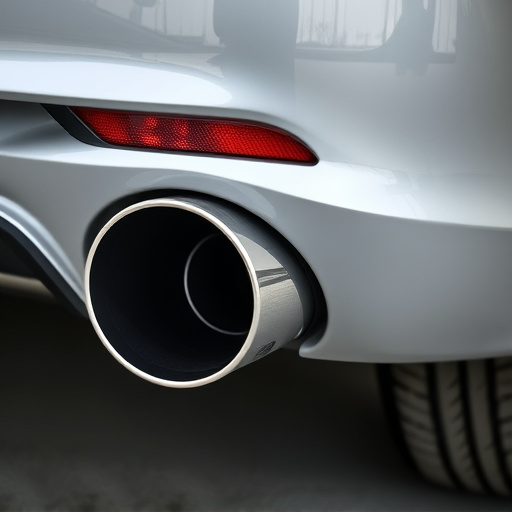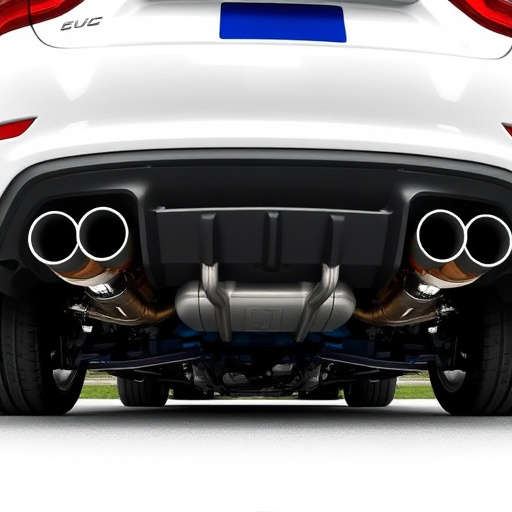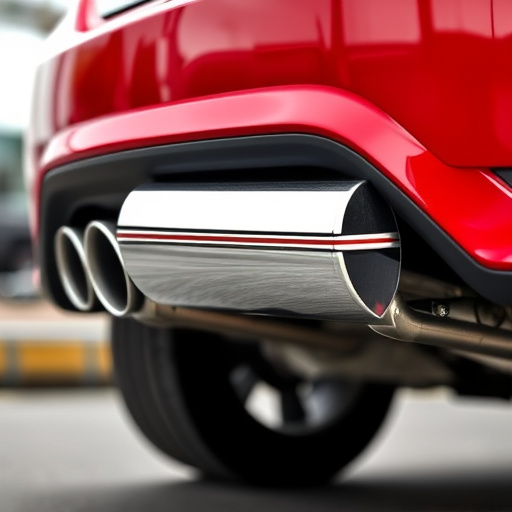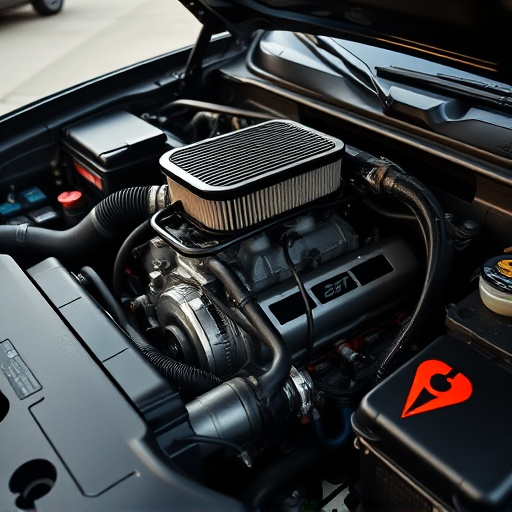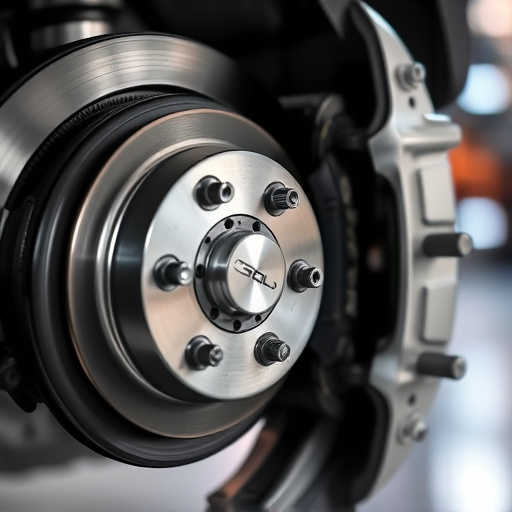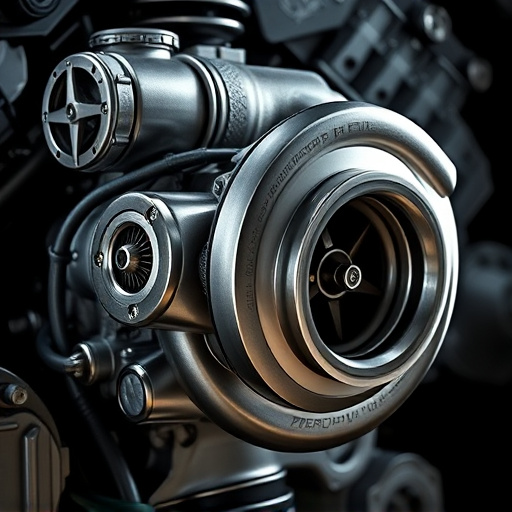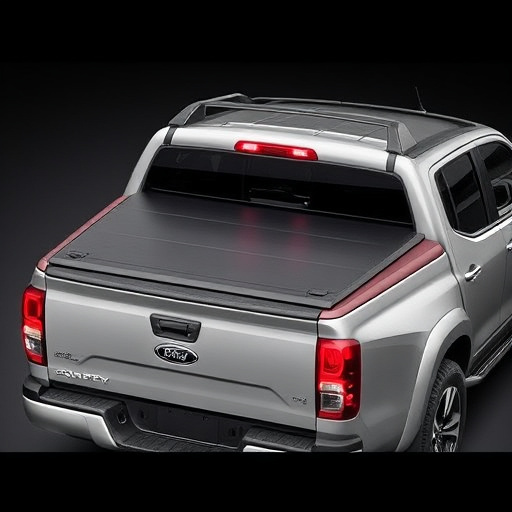Exhaust sound control systems are engineered to reduce vehicle noise, creating quieter environments for passengers and communities. These systems use materials like sound-absorbing pads to break up and absorb sound waves, preventing resonance. Compatibility with existing mufflers is crucial for optimal performance and desired noise reduction. Tailored solutions for modern vehicles' advanced suspension and high-performance parts ensure effective sound control, enhancing the driving experience without compromising noise levels. Integration of exhaust sound control contributes to quieter urban environments, complementing high-performance brakes for a harmonious blend of noise reduction and stopping power.
Introducing our comprehensive guide on Exhaust Sound Control Systems, designed to offer a quieter, more harmonious driving experience. In today’s world, understanding exhaust sound control is crucial for both vehicle performance and environmental considerations. This article delves into the inner workings of these systems, highlighting their compatibility with various mufflers. We’ll explore how to ensure the right exhaust sound control fit, unravel benefits, and consider key implementation aspects, transforming your vehicle’s auditory profile.
- Understanding Exhaust Sound Control Systems
- Compatibility: Ensuring the Right Fit for Your Muffler
- Benefits and Considerations for Implementation
Understanding Exhaust Sound Control Systems
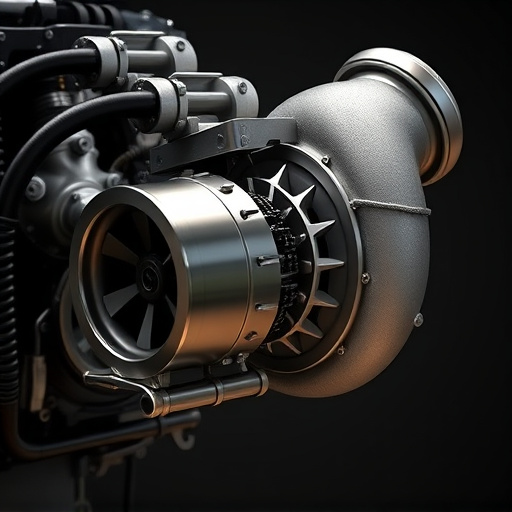
Exhaust sound control systems are designed to manage and reduce the noise generated by a vehicle’s exhaust system, offering a quieter ride for passengers and those around them. These systems work by utilizing various techniques to dampen or redirect sound waves, preventing them from escaping into the environment as loud exhaust noises. Understanding these mechanisms is key to choosing the right solution for your needs.
One common approach in exhaust sound control is using acoustic materials like sound-absorbing pads or diffusers, often found in cat-back exhaust systems. These components help to break up and absorb sound waves before they can reflect off surfaces, causing resonance. Additionally, coilover kits, which enhance suspension performance, may also incorporate noise-reducing features, further contributing to a calmer driving experience. By integrating these solutions, vehicle owners can effectively tame the roar of powerful engines while adhering to noise pollution regulations.
Compatibility: Ensuring the Right Fit for Your Muffler
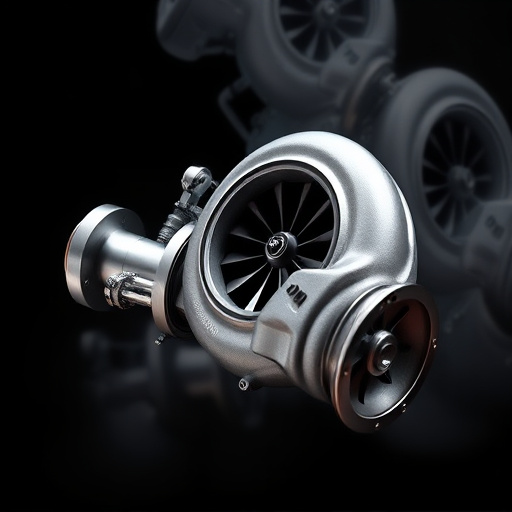
When considering an exhaust sound control system, compatibility with your muffler is paramount to ensure optimal performance and noise reduction. Not all systems are designed for universal fit, so it’s crucial to check if the product aligns with your vehicle’s make, model, and year. Many modern vehicles come equipped with sophisticated suspension components and high-performance parts, necessitating tailored solutions for effective sound control.
Choosing a system compatible with your specific muffler ensures seamless integration and maximizes the potential of both the exhaust system and the sound control technology. A well-matched setup can significantly enhance the overall driving experience, allowing you to enjoy a refined performance exhaust without compromising on noise levels.
Benefits and Considerations for Implementation
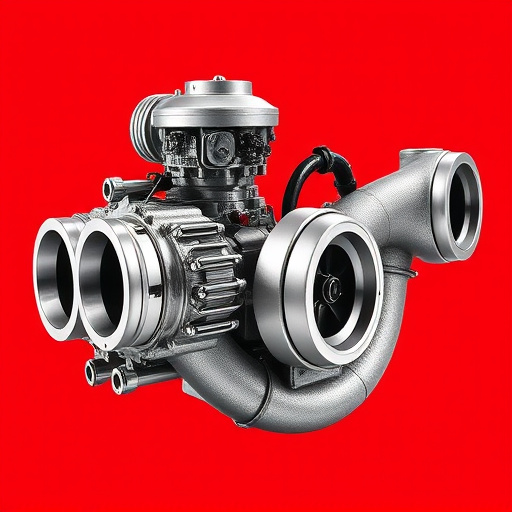
The implementation of exhaust sound control systems offers a myriad of benefits for both vehicle manufacturers and drivers. By integrating these advanced technologies with standard mufflers, automakers can significantly reduce noise pollution, contributing to quieter urban environments. Exhaust sound control not only enhances the overall driving experience but also caters to stringent environmental regulations regarding emissions and noise levels.
When considering the adoption of such systems, several factors come into play. One key consideration is ensuring compatibility with existing exhaust systems without compromising performance. Additionally, the selection of appropriate materials and designs is essential to prevent backpressure issues and maintain optimal engine efficiency. Moreover, for those focused on vehicle performance, it’s crucial to note that advanced sound control technologies can work in harmony with high-performance brakes, such as those featuring innovative brake pad compositions, to provide a balanced blend of noise reduction and enhanced stopping power.
Exhaust sound control systems, designed to mitigate noise pollution, have evolved to become compatible with most mufflers. By understanding these systems and their benefits, vehicle owners can contribute to quieter environments without compromising performance. When selecting an exhaust sound control system, ensuring compatibility with your specific muffler is crucial for optimal results. Implement these solutions, and you’ll not only enjoy a quieter ride but also play a part in fostering more peaceful communities.

